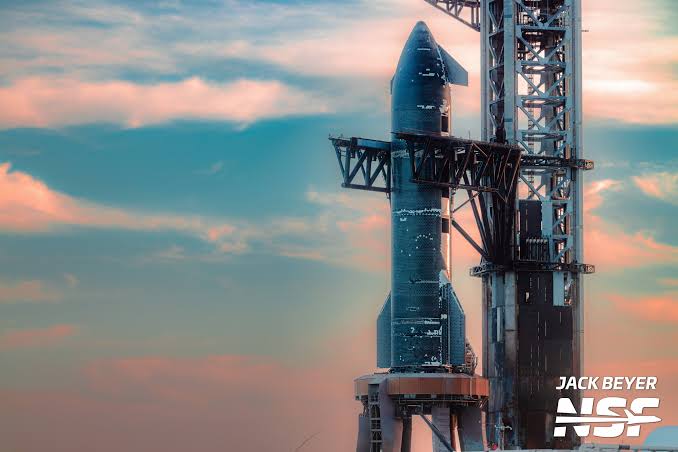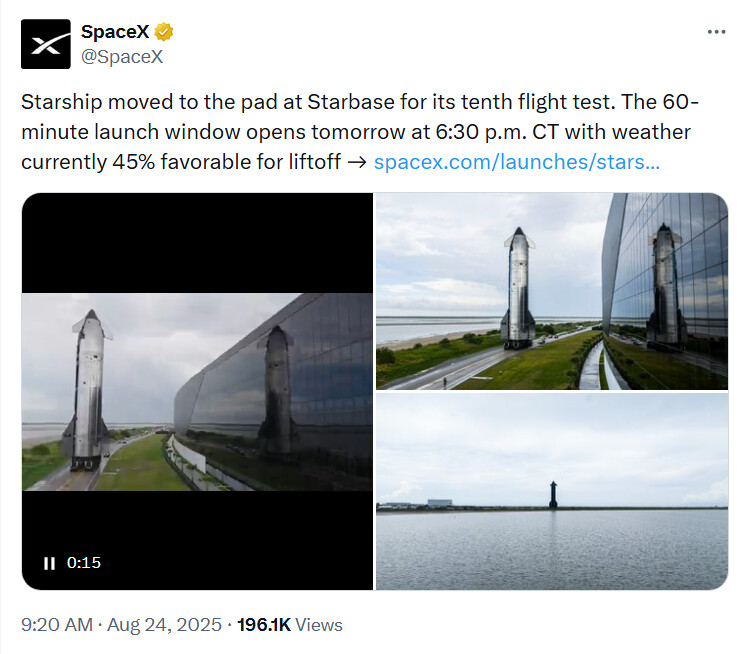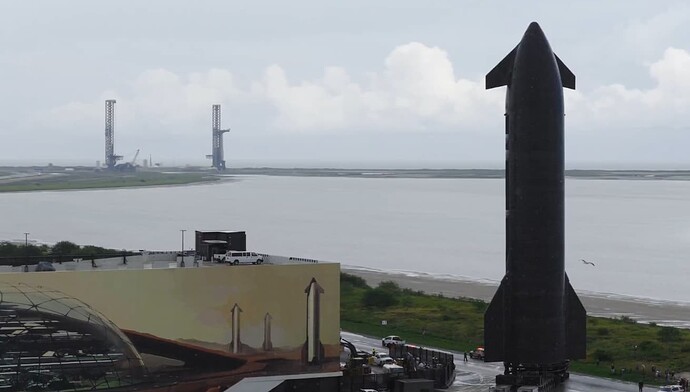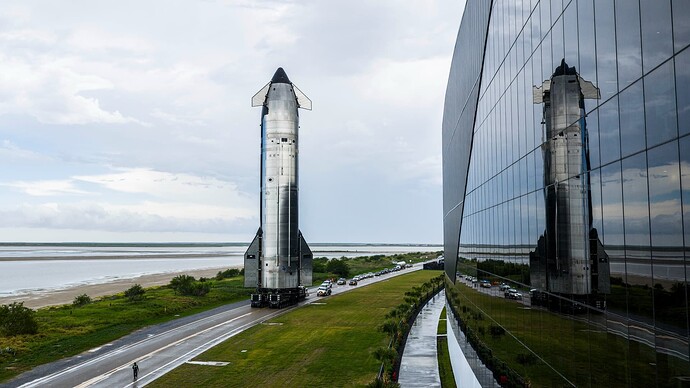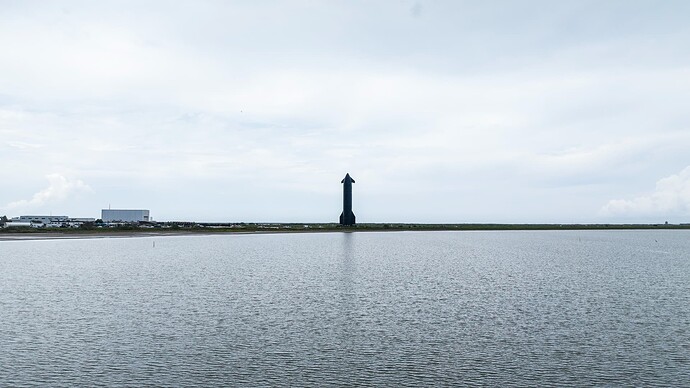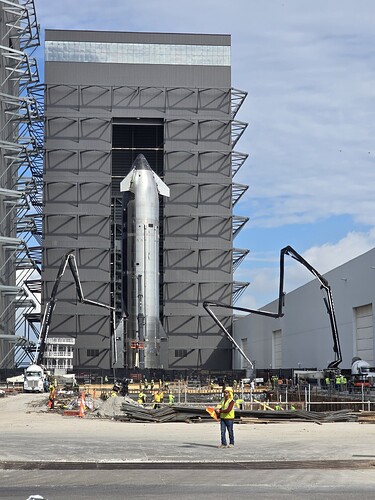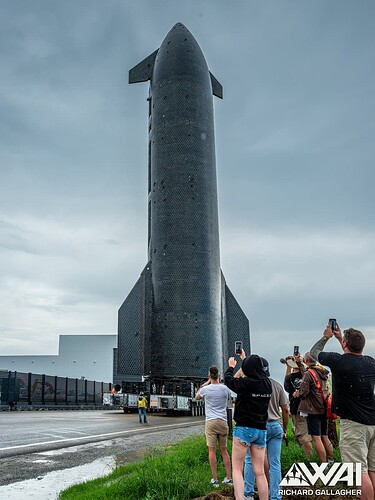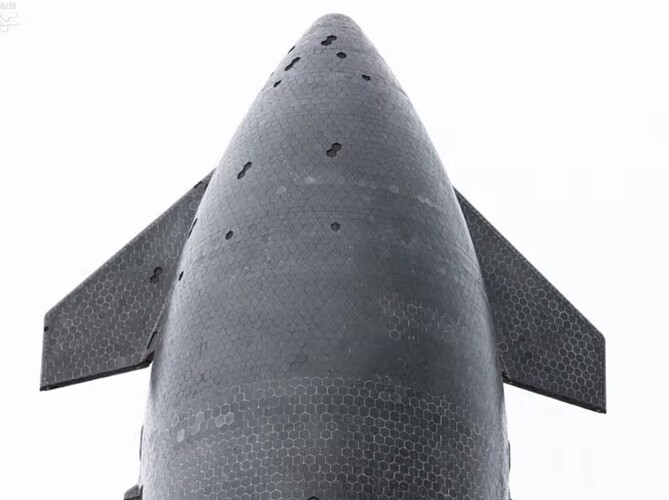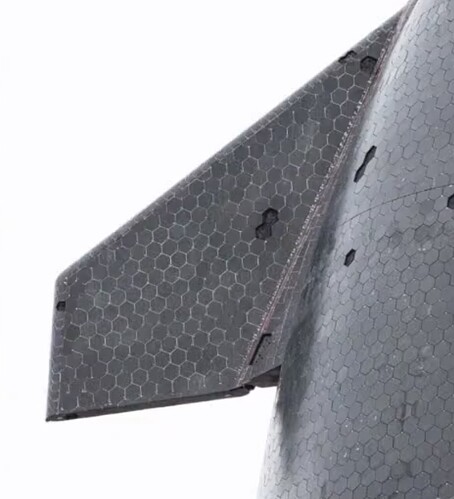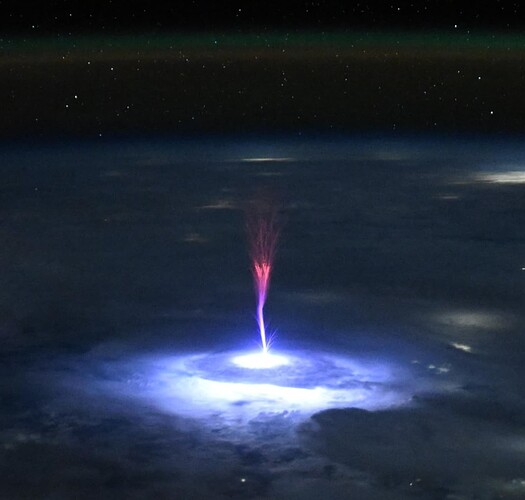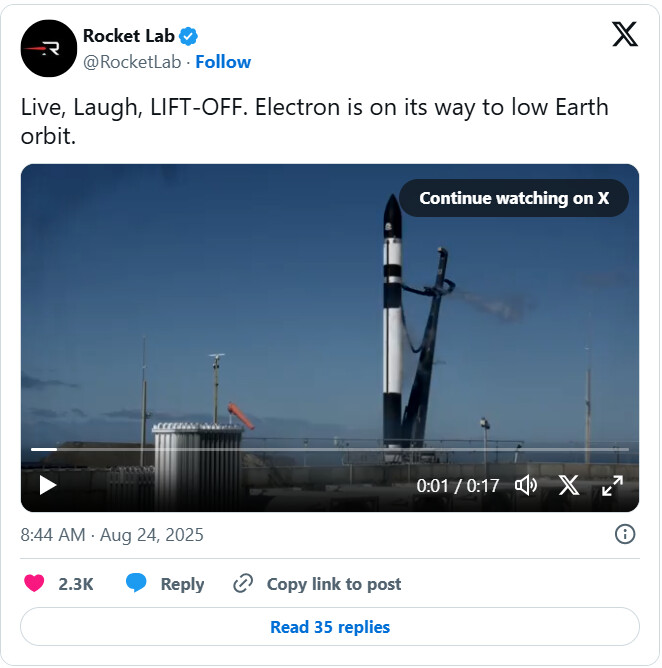Probably just a smudge on the lens.
SpaceX has loaded ship 37 onto the launch mound to static fire it prior to launch 10.
This is totally ridiculous and very cowboyish.
Should static fire late tonight. Will be very entertaining, especially if it blows like ship 36.
I hope it doesn’t, but kind of hope it does.
Single engine test went well. Six engine test overnight tonight.
SpaceX crew-11 dragon launch on a falcon 9 to the ISS tonight at 1:43am.
Coverage started on NSF and NASA+ on YouTube and a bit later on SpaceX on X.
ADD
Safe launch!
Rocket Pornn for space nerds!
Beautiful static fire test of RocketLabs Archimedes methalox engine that will power their upcoming Neutron rocket.
Also Dragon crew-10 returns from the ISS at 1:33am this morning. Coverage will start soon.
ADD
SpaceX flight 10 Monday 9:30am. Hopefully, as weather is a bit iffy.
someone please bump.
Space Force Nears Completion of First Orbital Warship Carrier Designed to Exert Unprecedented Control Over Global Skies From Space
The recent collaboration between the U.S. Space Force and private aerospace companies to develop an orbital aircraft carrier marks a significant leap in satellite deployment technology, underscoring the strategic importance of space in national defense.
August 21, 2025 at 8:49 AM
Illustration of the U.S. Space Force and Gravitics’ orbital aircraft carrier project for satellite deployment.
| IN A NUTSHELL |
|---|
-
 The U.S. Space Force and Gravitics are developing an orbital aircraft carrier to revolutionize satellite deployment.
The U.S. Space Force and Gravitics are developing an orbital aircraft carrier to revolutionize satellite deployment. -
 The carrier provides an unpressurized environment to protect sensitive electronics from space’s harsh conditions.
The carrier provides an unpressurized environment to protect sensitive electronics from space’s harsh conditions. -
 Public-private partnerships are crucial for advancing U.S. space superiority and integrating new technologies into defense strategies.
Public-private partnerships are crucial for advancing U.S. space superiority and integrating new technologies into defense strategies. -
 The initiative signals a new era in space exploration, impacting security and international relations.
The initiative signals a new era in space exploration, impacting security and international relations.
The United States is taking a significant leap forward in space technology with a pioneering project that aims to redefine the way satellites are deployed. Central to this initiative is the development of an orbital aircraft carrier by the forward-thinking startup Gravitics. This endeavor emphasizes the U.S.’s strategic commitment to space as a crucial domain and highlights the increasingly collaborative efforts between private companies and national defense agencies. As global tensions escalate, the U.S. is making a decisive move to ensure its dominance and secure its presence in the space arena.
The Vision Behind the Orbital Aircraft Carrier
Gravitics, in partnership with the U.S. Space Force, is spearheading an ambitious $60 million project to create an orbital aircraft carrier designed to revolutionize satellite deployment. This innovative platform will enable the direct launch of satellites from Earth’s orbit, offering a faster and more agile response to national security threats. By eliminating the need for traditional rocket launches, this concept provides a substantial strategic advantage for military operations.
The orbital carrier initiative is aligned with the U.S. military’s interest in maintaining a robust orbital presence amidst the threat of a space arms race. By having a pre-positioned platform in orbit, the U.S. can deploy satellites as needed, addressing both immediate and future security concerns. This advancement in space technology underscores the United States’ commitment to maintaining leadership in this critical area, positioning it at the forefront of global space capabilities.
Enhancing Space Security and Superiority
The orbital aircraft carrier developed by Gravitics is designed to house multiple satellites in an unpressurized environment, ensuring their protection from the harsh conditions of space. This safeguarding of sensitive electronics and batteries is crucial in an era dominated by electronic warfare and cyber threats. By isolating and shielding satellites, the U.S. gains a strategic edge in enhancing its space security capabilities.
Additionally, the orbital carrier’s ability to conceal satellites from adversaries provides a tactical advantage. Gravitics CEO Colin Doughan describes the carrier as a “game-changer” that aligns perfectly with the Space Force’s mission of achieving orbital dominance. This project not only bolsters military capabilities but also sets a precedent for future technological advancements in space exploration.
Public-Private Partnerships and Their Impact
The development of the orbital aircraft carrier exemplifies the growing importance of public-private partnerships in the space sector. Gravitics, along with Axiom Space, is also working on a pressurized space module, demonstrating its commitment to both national defense and commercial solutions. This dual approach highlights Gravitics’s alignment with the Department of Defense’s objectives and its growth trajectory.
Collaborations between private companies and government entities are crucial for integrating innovative technologies into national defense strategies. By working together, these partnerships bolster the U.S.’s position in space while fostering the development of technologies with potential civilian applications. The success of these collaborations could open new market opportunities and further advancements in space technology.
The Future of Space Exploration
With the emergence of technologies like the orbital aircraft carrier, a new era of space exploration and utilization is on the horizon. This technological leap has the potential to transform security, surveillance, and communication paradigms, impacting not only military operations but also private sector involvement. The implications are vast, signaling a shift in how space is utilized and governed.
As the U.S. Space Force and companies like Gravitics prepare to face future challenges, questions about international space cooperation arise. How will these innovations influence diplomatic relations between nations? More importantly, how can we ensure that space remains a domain of shared peace and progress, benefiting all of humanity?
This article is based on verified sources and supported by editorial technologies.
Fuel for thought.
Is it April 1st?
Both are being progressed but it’s not going to look like the pic of the aircraft carrier in space.

If you want to know how a Starship Raptor closed full flow combustion engine works, this is a good vid.
Also, good vid on progress by China on their new longmarch-10 and lunar lander system to be used for their moon landing.
For the nerds.
Stakeout stream from 12:30am tonight.
Launch stream from 6:30am tomorrow morning.
Plus SpaceX stream from 8:55am tomorrow morning.
Mid-orbital Bump
Also don’t be surprised if it burns up during re-entry. Lots of tiles missing, including the most susceptible areas with max heating of the forward flaps and nose tip.
Propellant load has began after some weather delays. Liftoff around 9:58am if weather doesn’t intervene.
ADD: Scrub due to weather
Might mean a delay until Thursday as the propellant tank farm will need to be topped up with lots of tankers.
Lots of the propellant is circulated back to the tank farm, but there still is a lot of loss to boil off and venting.
Looks like SpaceX got their Starship launch right this time as well.
Almost. A few issues still but a lot better than the last 3 launches.
some of the best images I have ever seen in space flight.


